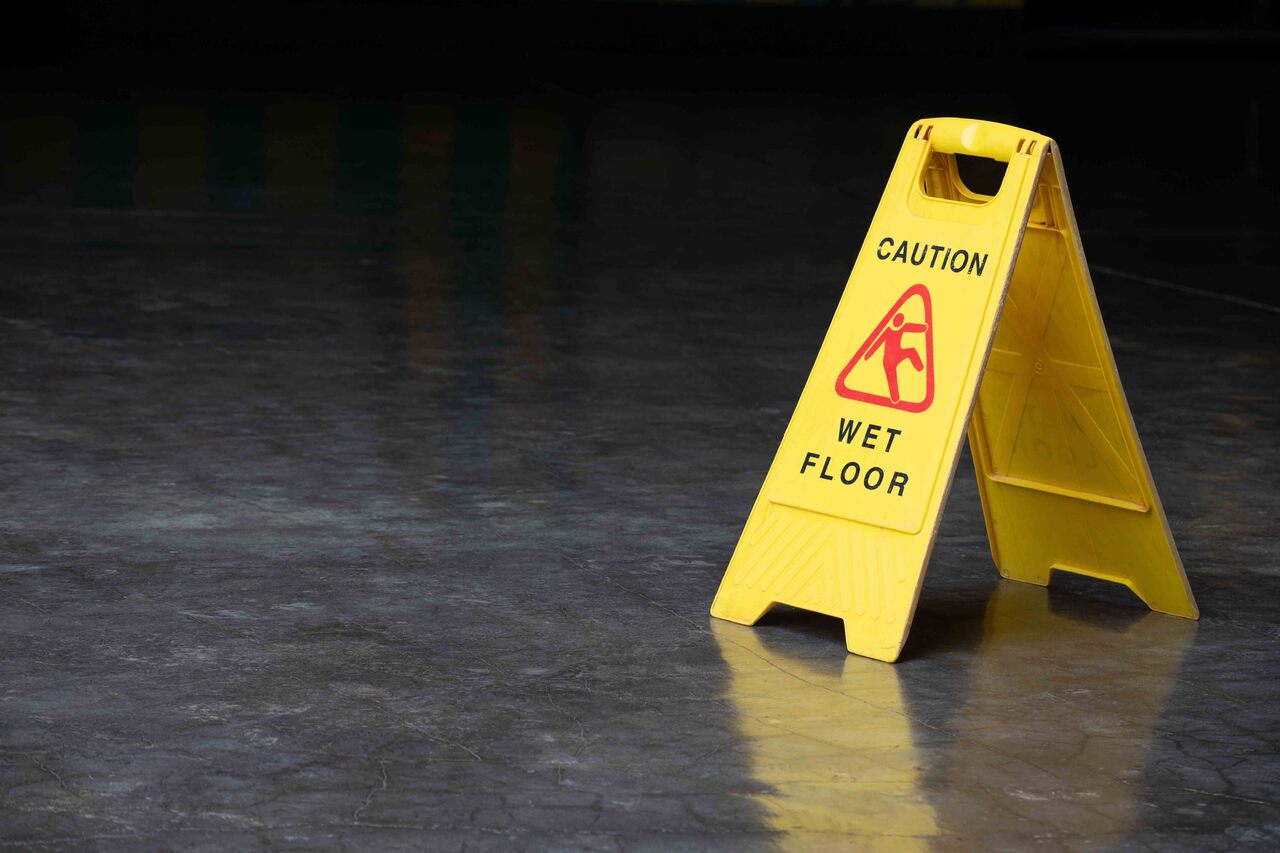Even though safety should be a priority when choosing flooring, many people choose ceramic tiles for their floors based on how they look rather than any other factor.
also read – What does it mean by a vehicle which has encumbrance?
Because of this, designers may take extra precautions to ensure that treated floors are slip- and stain-resistant without compromising the overall aesthetic.
Whether or not acid etching is required for such aesthetically beautiful tiles to be become functional and safe is a matter of debate.
The abrasiveness of tile can be increased through the process of acid etching. Typically, a harmful etching agent is utilized, like a hydrofluoric solution, that dissolves calcium and leads to bone deterioration.
Etching occurs when an abrasive substance combines with the glaze and silica in a tile, dissolving miniscule quantities of the silica to form pits and grooves on the surface or etched through glaze to the porous body.
This modification of the tile’s microstructure reduces its slipperiness by altering the surface’s roughness and porosity.
The effectiveness of acid etching as a treatment for creating a nonslip or antislip surface is affected by variables such as the chemical resistance of the surface, the porosity of the tile, the concentration of the acid, the amount of time the acid is left on the tile, and the number of coatings.
Many in the ceramic tile business feel that non slip or anti slip acid etching treatments are the most effective technique to increase the slide resistance of flooring surfaces, although there is no data to support this.
There is a great deal of misleading and contradictory advertising for acid treatment, and the testing methods used to validate such claims are typically conducted “in-house” and rarely meet Australian slip resistance standards (Whitfield, K., Bridge, S., Mathews, 2005, “Selecting Coating for Tiled Floors,” The University of Sydney: Faculties of Health Sciences and Architecture).
An impartial slip resistance testing company should examine non slip or anti slip acid etching treatments because many companies offering these services utilize American test techniques that employ a pull meter, which does not meet the criteria of the Australian slip resistance regulations.
The unreliability of the pull meters increases the likelihood of accidents and lawsuits. Only a wet pendulum or a dry floor friction test in accordance with AS/NZS 4586 or AS/NZS 4663 can be used to determine the slip resistance of a non slip or anti slide acid etching treatment in the field.
Acid etching is one treatment used to reduce the risk of slips and falls.
The abrasive tapes are applied.
Slip-and-fall accidents can be avoided with the help of additional design features like awnings, airlocks, and matting to reduce the spread and accumulation of contamination; visual aids like warning signage and contrasting stair nosing; administrative controls like cleaning regimes and maintenance; fall prevention aids like barricades and handrails; and careful planning.
Note: If you are looking for the installation of strong magnets for the door then you can contact MAM experts.
A surface’s slip resistance can degrade with time, hence Slip Check recommends applying several non-slip and anti-slip treatments, waiting a set amount of time, and then retesting the surface. Large-scale projects can benefit from this data since it helps them determine their true worth.
It may be necessary to promptly apply non slide or anti slip treatments in some cases to prevent an accident. In accordance with Australia’s risk management standard AS 4360, you should evaluate treatments in this way.
It’s also possible for the color to drastically shift after using non-slip floor paint, and the surface to deteriorate more quickly. After anti-slip or non-slip treatments have been applied to a surface, regular and thorough cleaning and maintenance may be required to retain the surface’s slip resistance.

